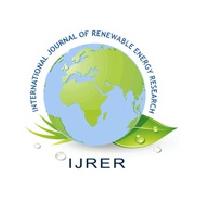Abstracto
-
AUTHORS
Ana Ríos
Guadalupe González
BACKGROUNDWorldwide, integrating high shares of variable renewable energy sources (VRES) into the power grid is one of the most pressing challenges towards decarbonization and clean energy strategies. As installation of VRES generation increases, it is imperative to support its economic deployment and use while maintaining or increasing the power system stability and reliability. The remote locations of VRES and their inherent characteristics demand expanding and modernizing the transmission grid, both infrastructure and services. In this scenario, transmission emerges as a key factor to foster such expected high penetration, being now the subject of renewed interest in the energy sector.
Based on a thorough review of relevant literature, this work identifies, synthesizes, interrelates and explains the main challenges, problems, and solutions found in the integration of large-scale VRES, particularly, wind and solar, from the transmission grid perspective.
The main challenges considered relate to long-distance grid access, flexibility, stability and reliability, and resilience. These challenges encompass many particular problems and solutions, which include elements of four defined dimensions – technology, economy, regulation, and environment-society.
Out of the spectrum of conclusive ideas in this review, we highlight two of them. First, strengthening and expanding the transmission grid is the best technical solution to reach high penetration levels of VRES. An adequate transmission system is the only way to access high-quality large resources and provide abundant energy to demand centers. Second, the integration of high shares of VRES through the transmission grid needs a system-wide approach, not only VRES and transmission technologies themselves but also other related mechanisms and actions, including all other power system components and stakeholders.
